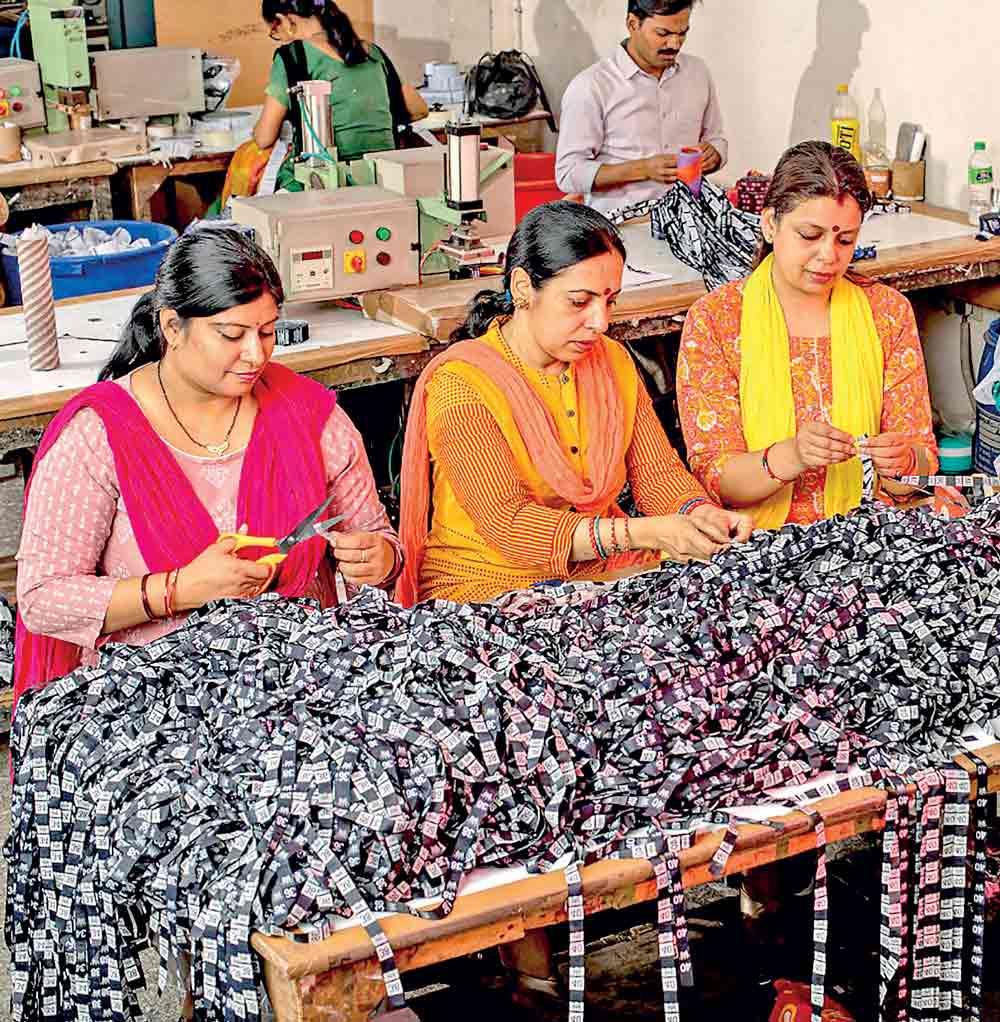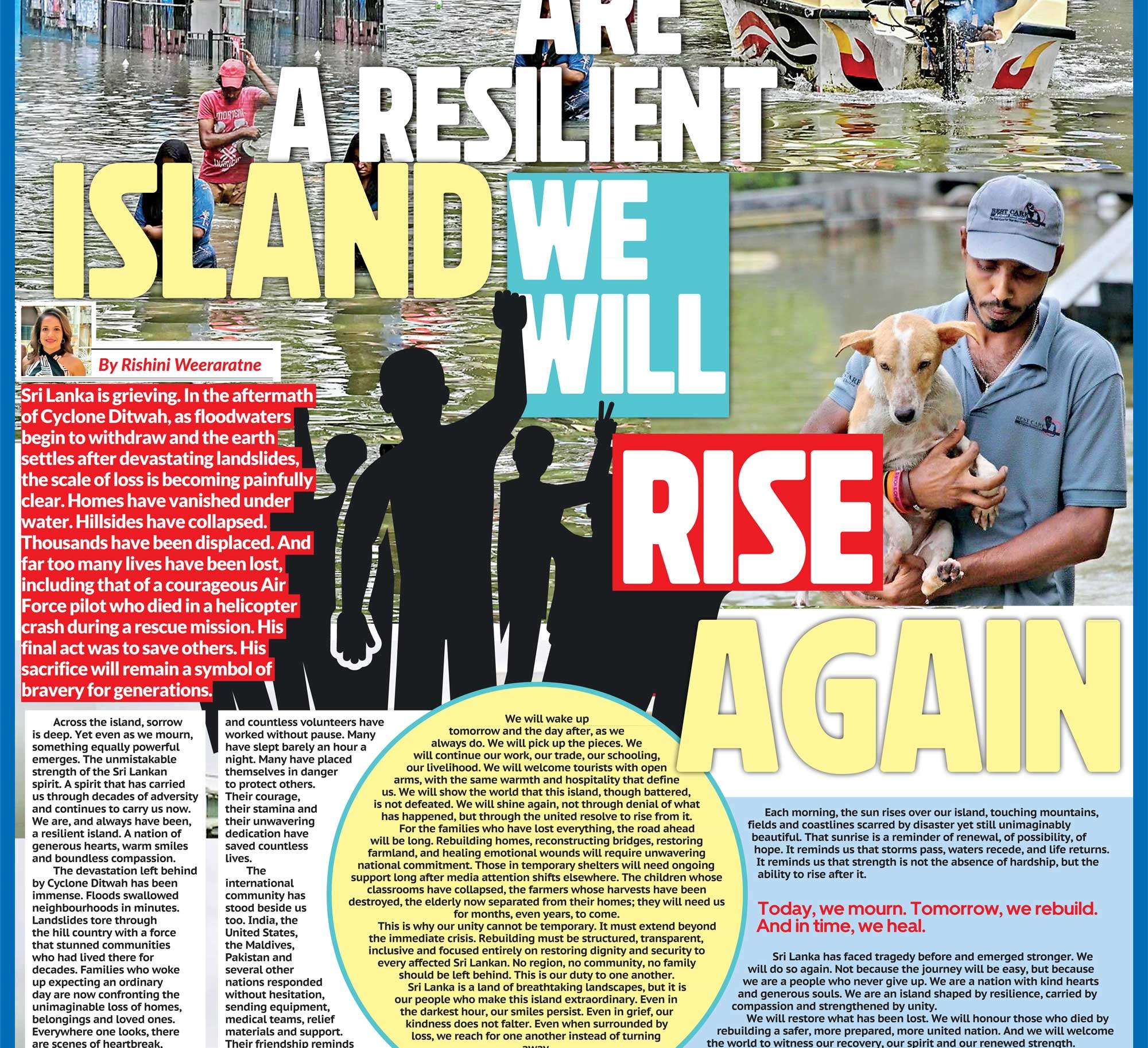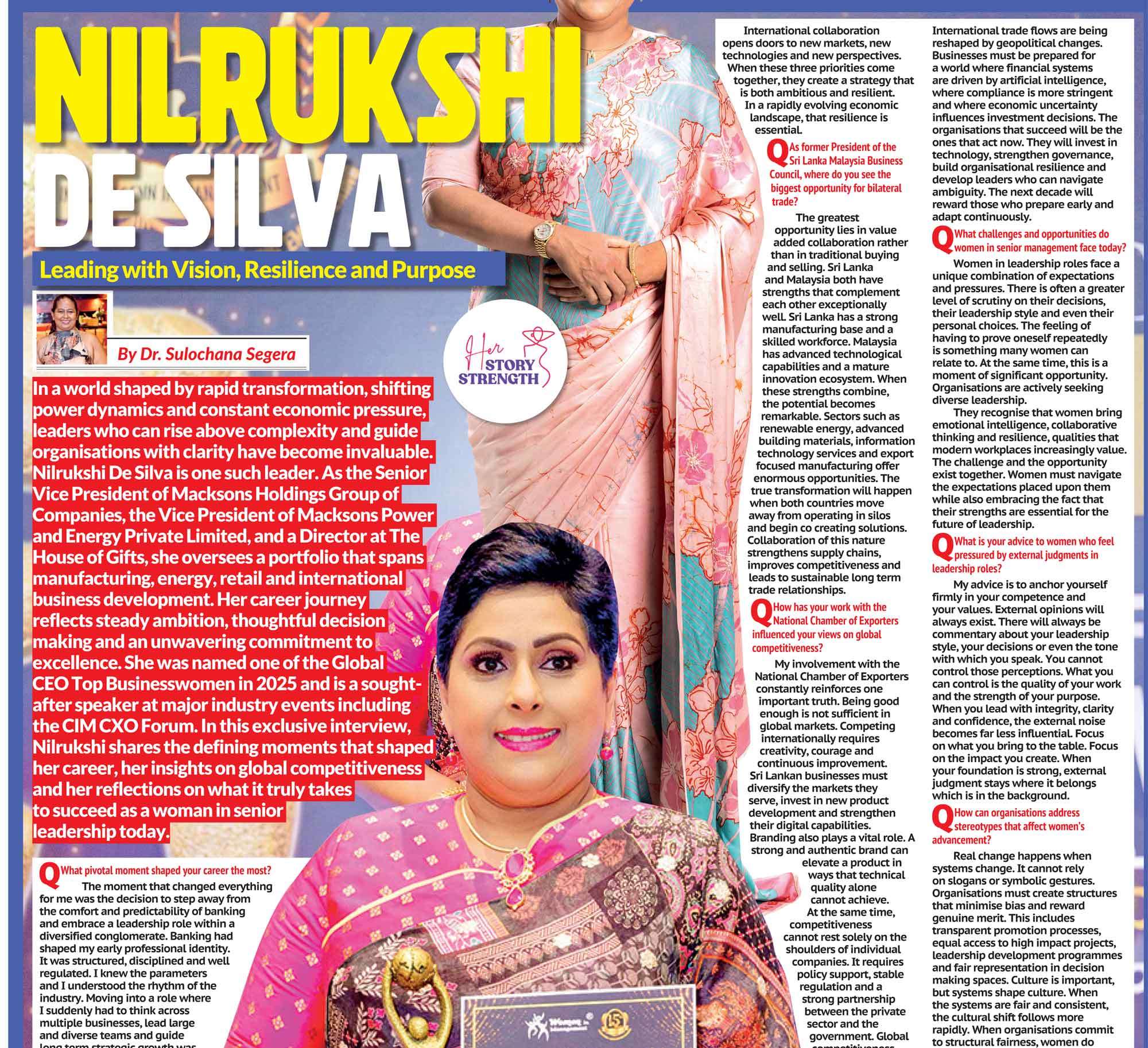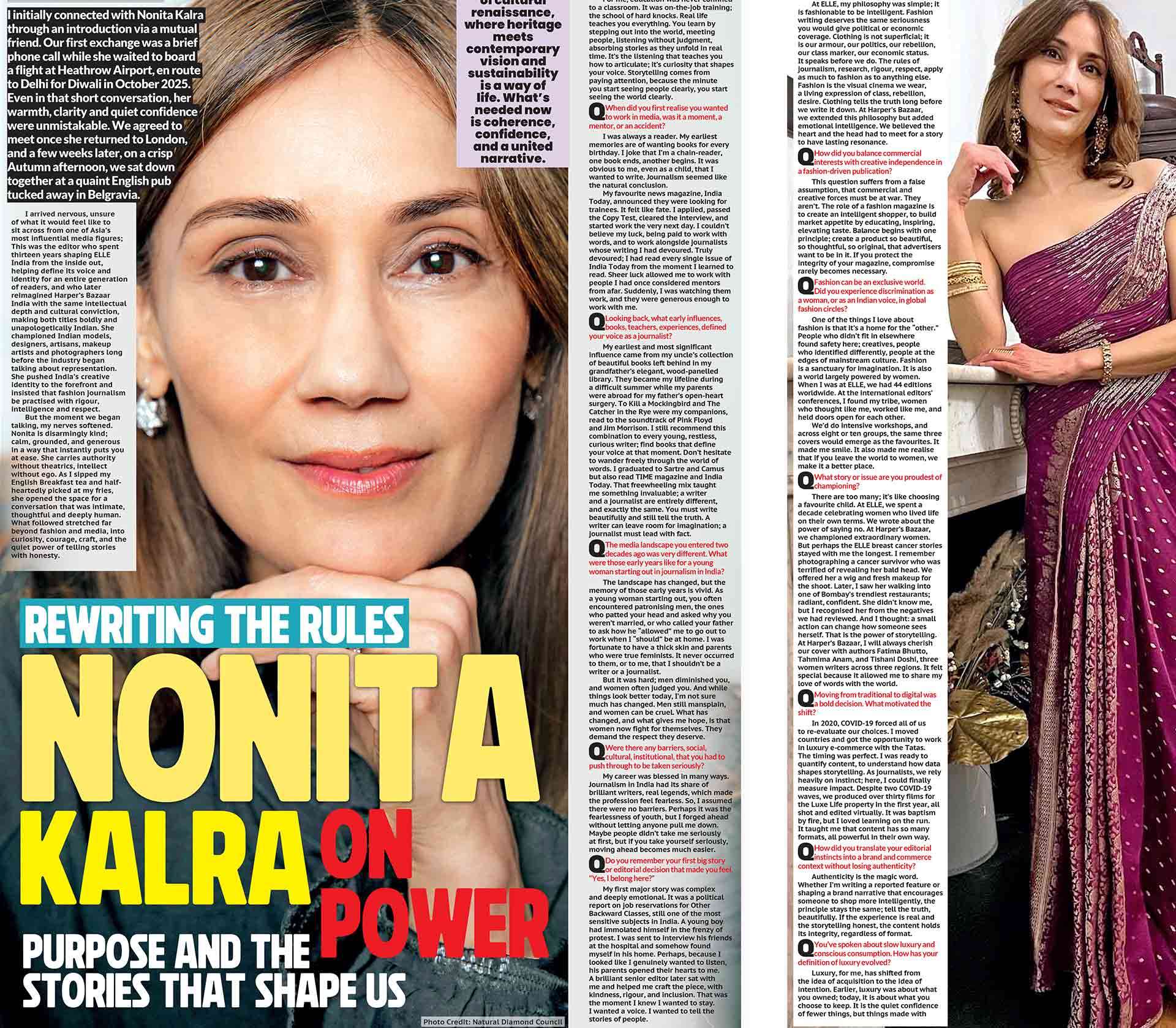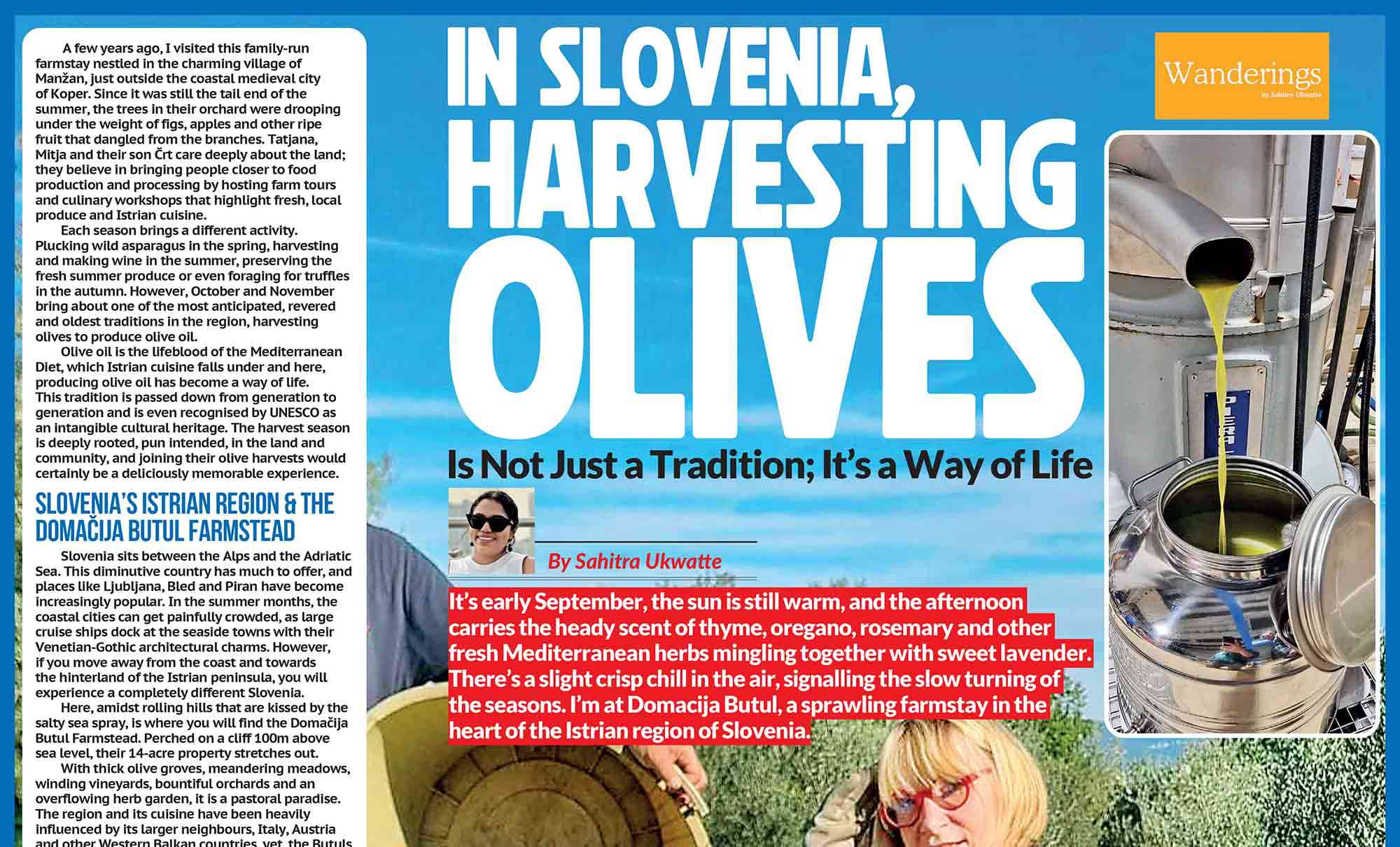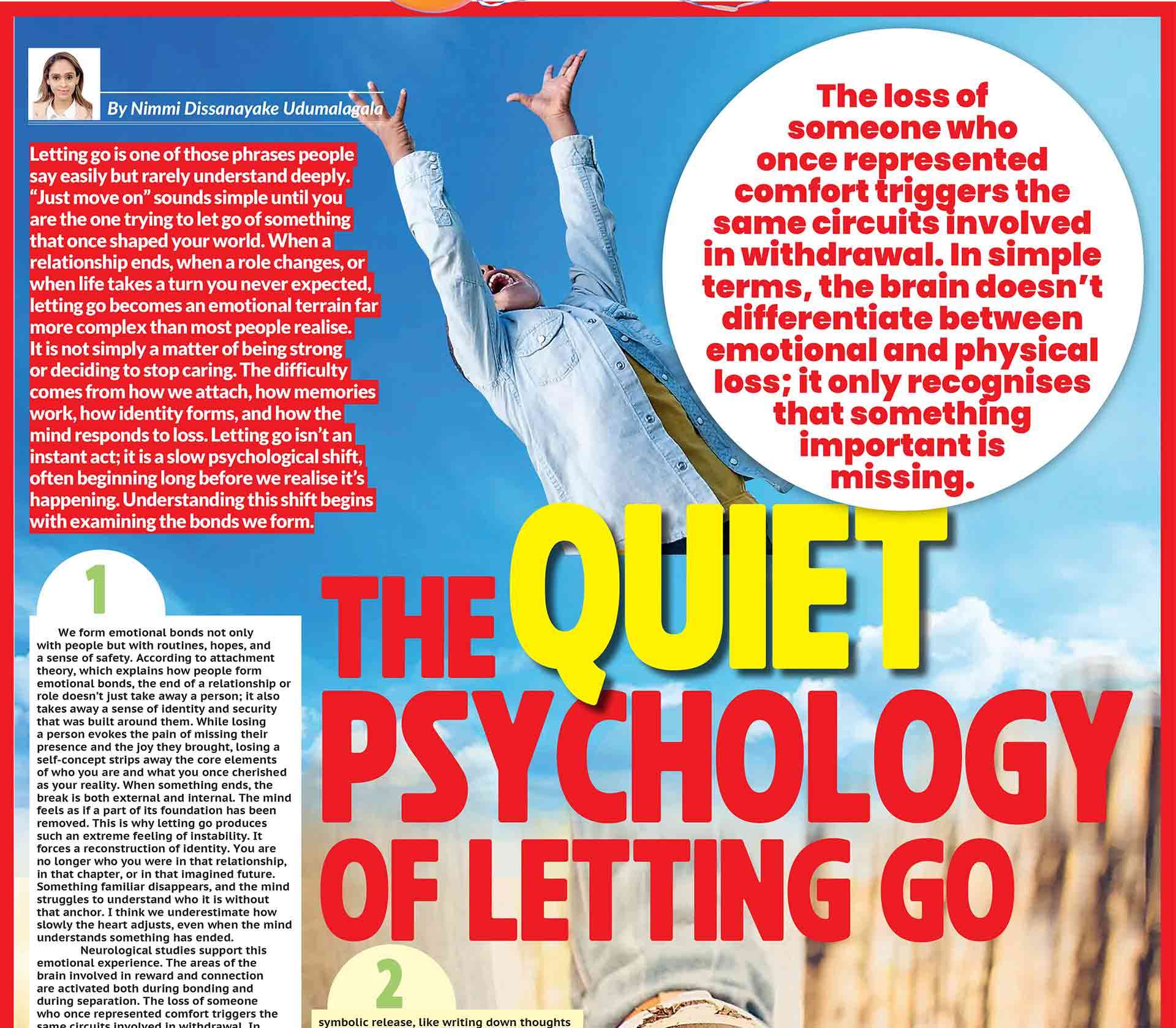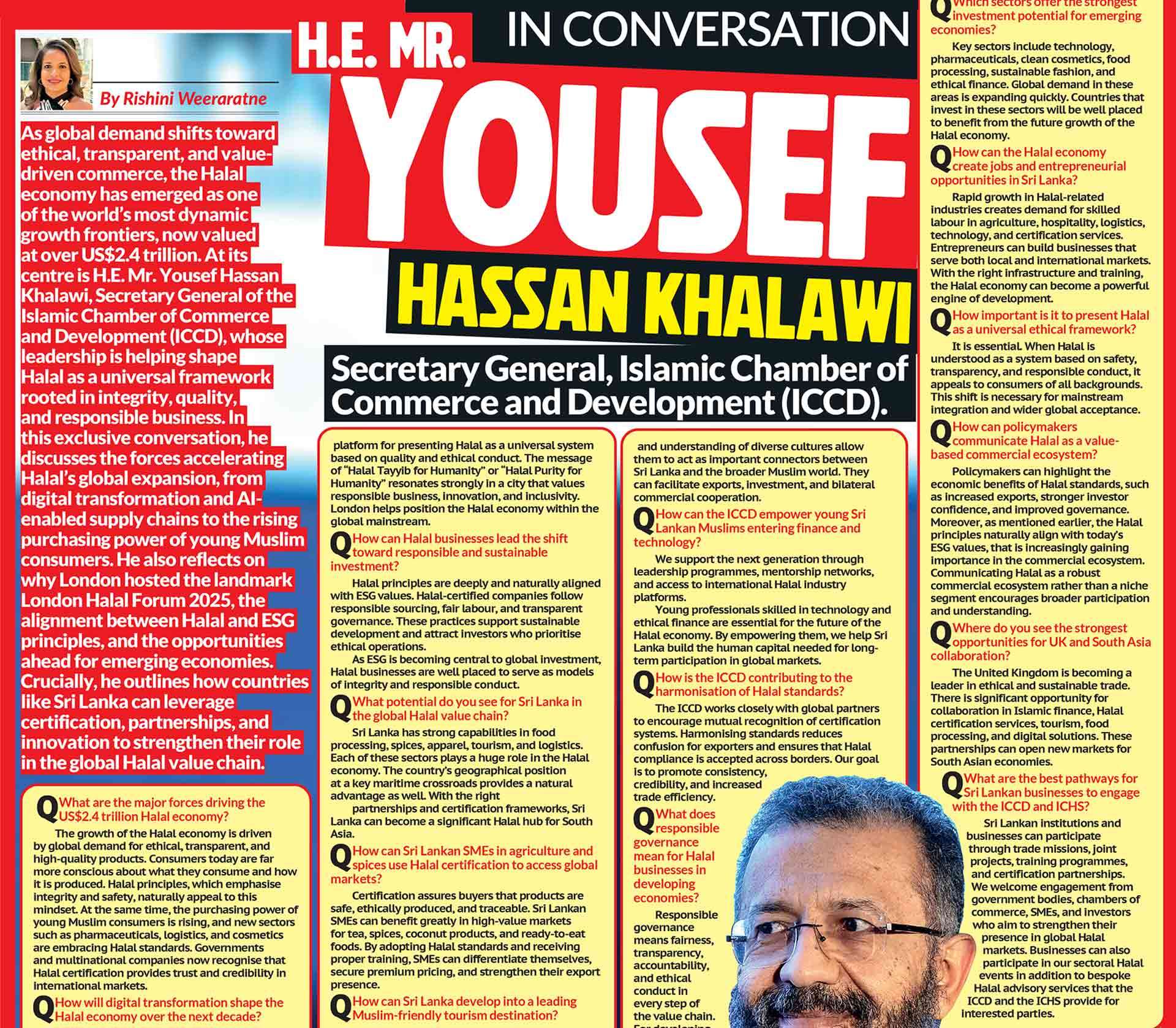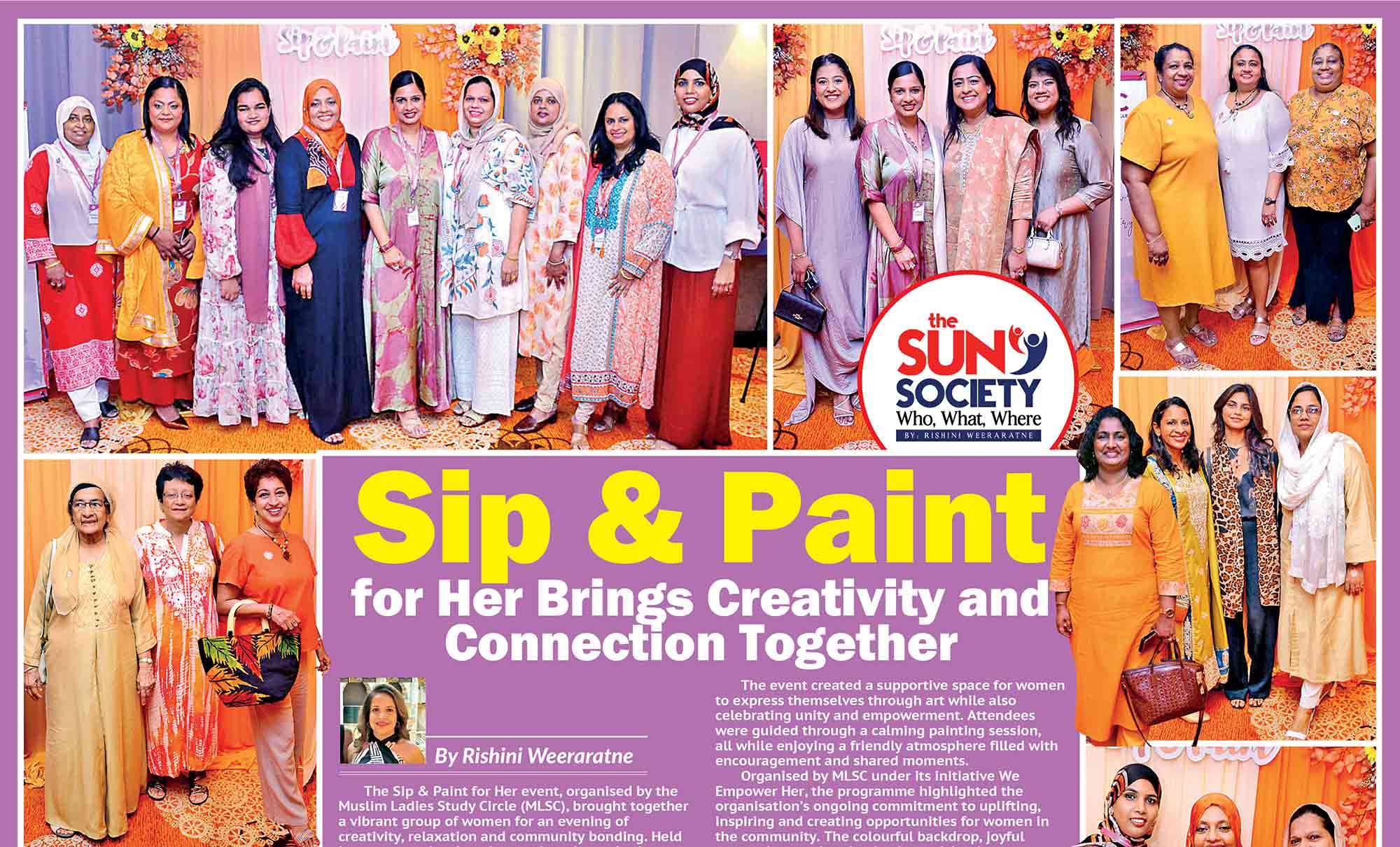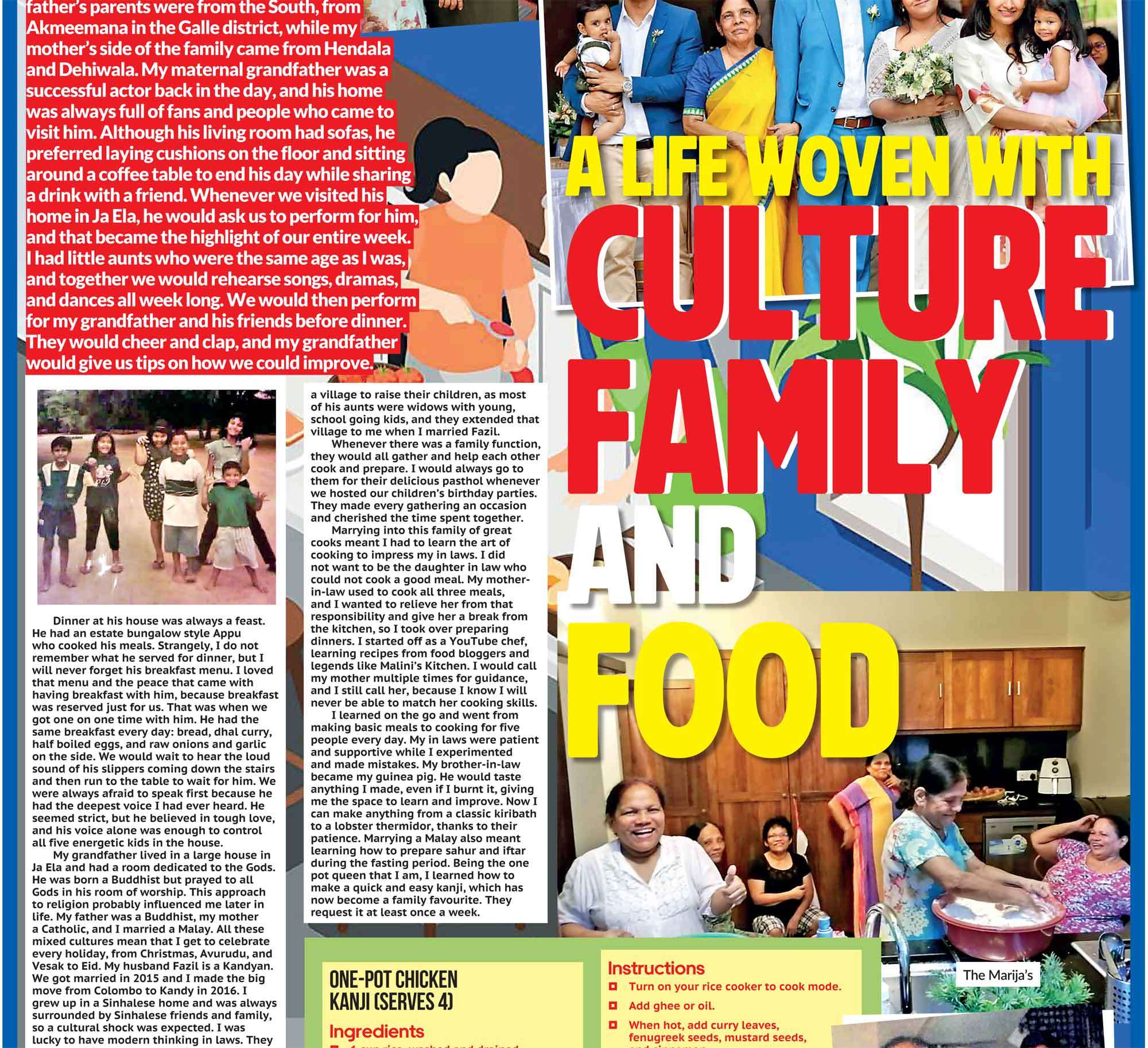Why Fast Fashion is a Feminist Issue
When we talk about fast fashion, the conversation often circles around overflowing landfills, polluted rivers, and carbon footprints. These issues matter deeply. But there’s another truth, just as urgent, that often gets overlooked: fast fashion is a feminist issue. Behind the glittering shop windows, glossy campaigns, and endless “new arrivals,” there are millions of women whose stories rarely make it onto our feeds. They are the invisible backbone of the global fashion system, stitching our clothes in factories across Asia, Africa, and Latin America. Around 80% of garment workers worldwide are women. And these women, more often than not, are paying the real price for our cheap clothing.
The Hidden Cost of a $30 Shirt
The Clean Clothes Campaign reports that if you buy a shirt for $30, the woman who sewed it will receive just 19 cents. Nineteen cents. It’s a number that should stop us in our tracks. It means that while we scroll through TikTok hauls or fill online carts with discounted tops, the women making those clothes are barely surviving. They are not abstract statistics. They are mothers, daughters, sisters. Real women, not machines, whose hands cut, stitch, hem, and press the fabrics we wear against our own skin. And yet, their work is systemically undervalued. They are denied living wages, trapped in cycles of poverty, and subjected to harsh conditions that rob them of dignity and safety.
Exploitation in Feminized Labor
The garment industry thrives on what economists’ call “feminized labor”: jobs that are deliberately designed for women, precisely because they can be underpaid and overworked without challenge. Women workers are often seen as “docile,” less likely to unionize, and more willing to accept exploitative terms because of economic desperation. This dynamic perpetuates a toxic cycle. Factories set unrealistic production targets, forcing women to work long hours with little rest. Wage theft is common, overtime goes unpaid, salaries are delayed, or deductions are made unfairly. The result is not just exhaustion but long-term workplace disabilities from repetitive movements, unsafe machinery, and exposure to chemicals. Gender-based violence and harassment are also widespread. Reports from Bangladesh, Cambodia, and several other countries reveal stories of verbal abuse, intimidation, and even physical violence against women who try to speak up. In some factories, women face harassment simply for being women in male-dominated workplaces. Their safety and their rights are treated as expendable in the race to churn out cheap clothing.
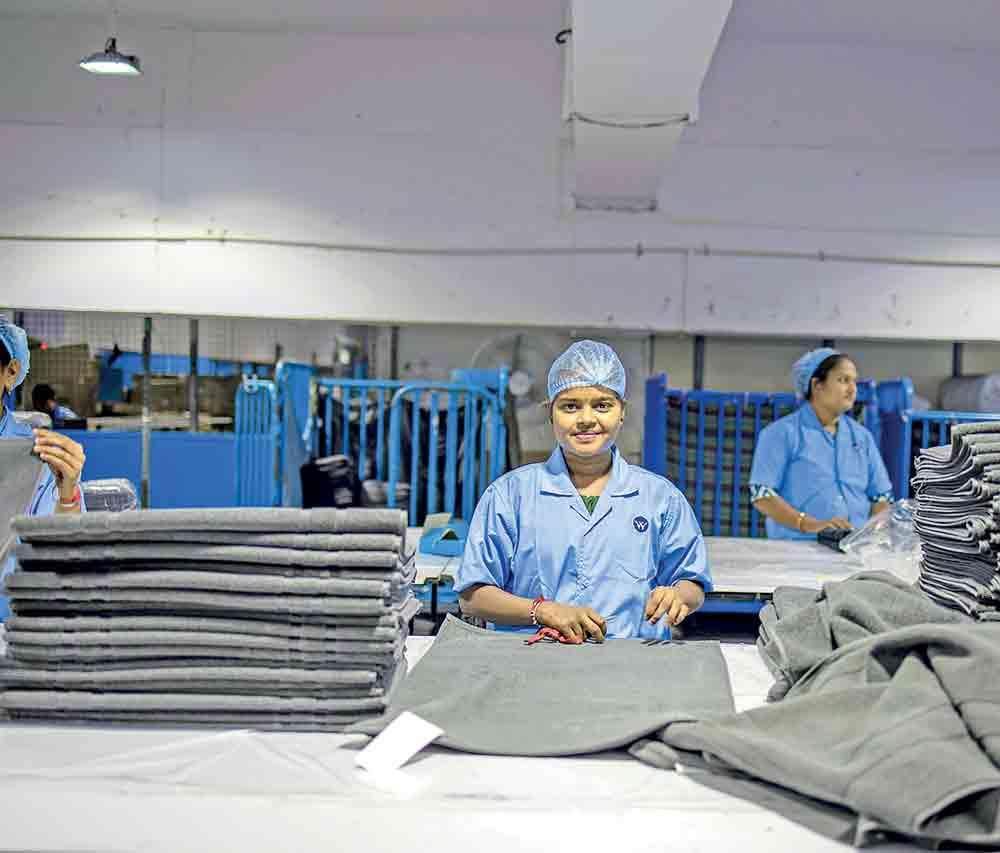
The Feminist Blind Spot
And yet, when conversations about feminism reach mainstream platforms, these women are rarely included. Western feminist discourse often focuses on boardroom ceilings, wage gaps in offices, or representation in media. All of these matter, but so does the fate of the millions of women bending over sewing machines for 14 hours a day. If feminism is about dismantling systems of oppression, then ignoring the women who hold up the fashion industry is a dangerous blind spot. Feminism cannot just be about who gets to wear the suit; it must also be about who stitches it.
A False Sense of Empowerment
Fast fashion marketing loves to borrow feminist language. Slogans like “Girl Power,” “The Future is Female,” or “Empowered Women Empower Women” are printed on T-shirts, ironically, the very T-shirts often made by underpaid women in unsafe conditions. This creates a cruel paradox. The feminist messages we wear on our clothes are often produced through systems that actively exploit other women. The empowerment is surface level, a commodity sold back to us, while the women who made those clothes are disempowered every step of the way.
A Matter of Choice and Power
So, what can we do? It’s important to recognize that not everyone has the same privilege of choice. For some, fast fashion is the only affordable option. But for those who can choose differently, every decision matters. When you buy secondhand instead of new, you take a small piece of power away from exploitative corporations. When you choose ethical brands that prioritize fair wages and safe working conditions, you redirect money into systems that value women’s labour. Your choice will not topple the industry overnight. But it chips away at its foundation. It sends a message that exploitation is not acceptable. And when enough people make that choice, it shifts the culture.
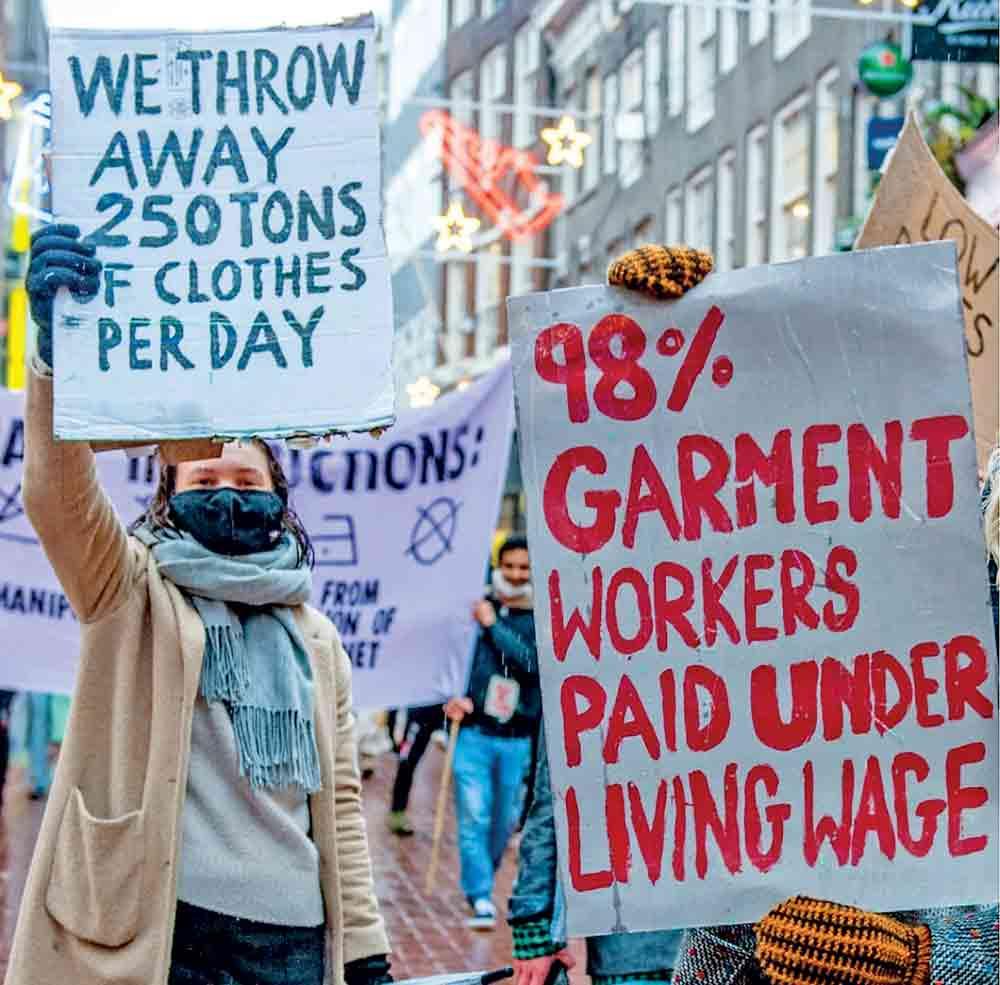
Reframing “Value”
One of the biggest traps of fast fashion is how it has trained us to see clothes as disposable. A dress that costs less than your morning coffee. A top you wear once and then throw away. But when we remember the women behind the clothes, disposability takes on a different weight. That $5 T-shirt carries the story of a woman who worked a 12-hour shift to make it, often skipping meals because her wage couldn’t cover food and rent. Suddenly, it doesn’t feel so cheap after all. The real cost is just hidden from view. If we shift our perspective from price to value, from what an item costs us to what it costs others, we begin to see fashion differently. Clothes stop being impulse buys and start becoming choices of alignment: do my purchases reflect the values I claim to hold?
Toward a Feminist Fashion Future
A feminist future for fashion would mean reimagining the industry from the ground up. It would mean wages that allow garment workers to live with dignity, not just survive. It would mean safe working conditions, legal protections, and the ability to unionize without fear.
It would mean recognizing artisanship and craft as skilled, valuable work, not cheap labor. It would mean giving women a seat at every table in the fashion supply chain, from factory floors to boardrooms. Most importantly, it would mean expanding the definition of feminism itself. Feminism cannot only be about visibility and empowerment for some women, while ignoring the systemic exploitation of millions of others. A feminist lens must be global, intersectional, and grounded in solidarity.
What We Can Do
Here are a few tangible steps we can all take:
1. Buy less, choose well. Invest in fewer pieces that you truly love and will wear for years.
2. Support ethical brands. Look for companies that pay fair wages, prioritize safe conditions, and are transparent about their supply chains.
3. Embrace secondhand. Thrifting, swapping, and upcycling extend the life of clothing and reduce demand for fast fashion.
4. Ask questions. Before buying, ask: Who made this? What did they earn? What impact does this purchase have?
5. Use your voice. Sign petitions, support labor rights campaigns, and amplify the voices of garment workers. Change requires pressure on corporations and governments, not just individual choices.
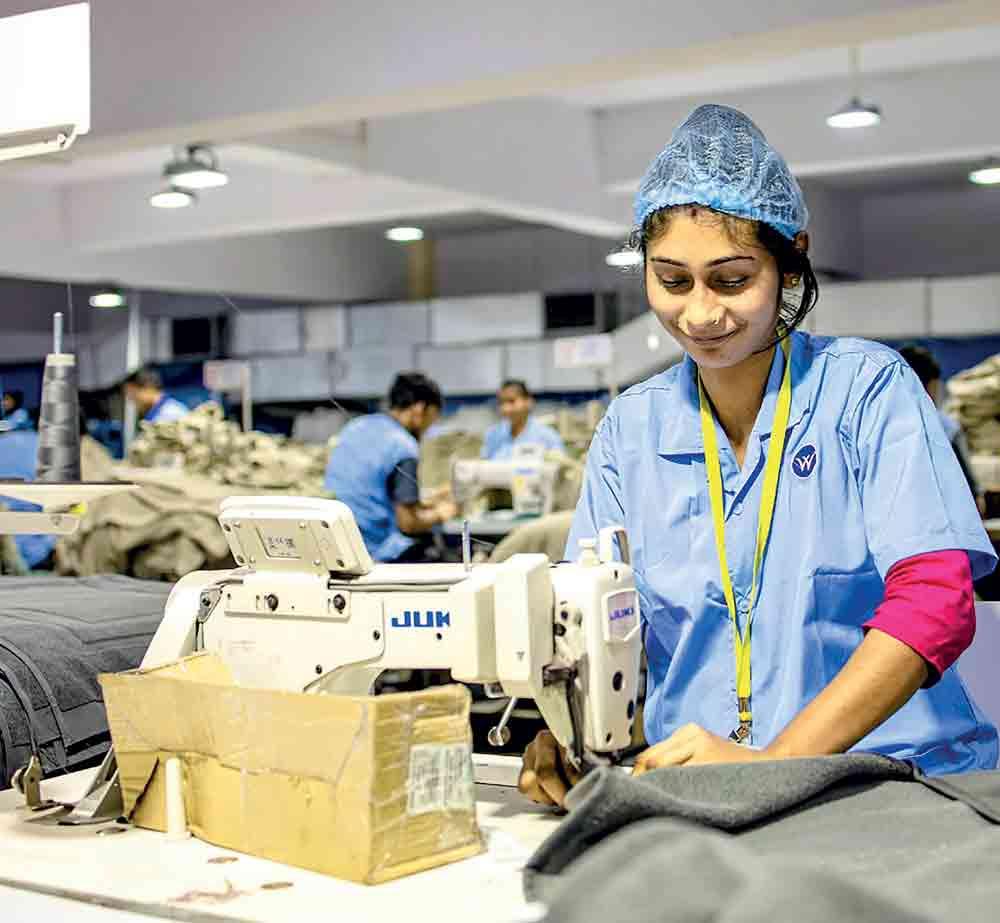
Every time we get dressed; we are part of a global story. The question is: whose story are we choosing to support? Fast fashion is not just about trends and bargains. It’s about women’s lives. Women who face wage theft, harassment, and poverty so that the rest of the world can buy cheap clothes in bulk. Women whose labor is erased, even as their work sustains one of the most profitable industries on earth. If feminism is about equality, justice, and dignity, then it must also be about them. Real women are making our clothes, not machines. And those women deserve better. So, next time you have the privilege to choose, remember that your decision has weight. Boycotting fast fashion, buying secondhand, or supporting ethical brands may feel small. But in truth, it is an act of solidarity. It is a refusal to let exploitation remain invisible. Because feminism stitched into a T-shirt slogan means nothing if the woman who made it is silenced. But feminism stitched into our choices, that is where real power lies.

